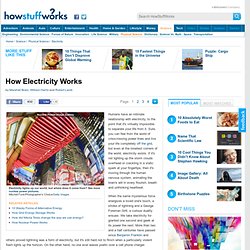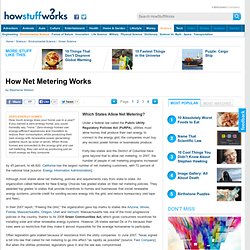

Howard Johnson: Permanent Magnet Motor. (Spring 1980) "We don't grant patents on perpetual motion machines," said the examiners at the U.S. Patent Office. "It won't work because it violates the law of Conservation of Energy," said one physicist after another. But because, inventor Howard Johnson is not the sort of man to be intimidated by such seemingly authoritative pronouncements, he now owns U.S. Patent No. 4,151,431 which describes how it is possible to generate motive power, as in a motor, using only the energy contained in the atoms of permanent magnets. The monumental nature of the invention is obvious, especially in a world facing an alarming, escalating energy shortage. Johnson, who has been coping with disbelievers for decades, can be very persuasive in a face-to-face encounter because he can not do more than merely theorize; he can demonstrate working models that unquestionably create motion using only permanent magnets.
Johnson is the first to admit he doesn't actually know where the power be has tapped derives. Paramahansa Tewari: Space Energy Generator.
Green Consumer Products. Trends in Sustainable Development – Small Island Developing States ... Energy Subsides. How Electricity Works" Humans have an intimate relationship with electricity, to the point that it's virtually impossible to separate your life from it.

Sure, you can flee from the world of crisscrossing power lines and live your life completely off the grid, but even at the loneliest corners of the world, electricity exists. If it's not lighting up the storm clouds overhead or crackling in a static spark at your fingertips, then it's moving through the human nervous system, animating the brain's will in every flourish, breath and unthinking heartbeat. When the same mysterious force energizes a loved one's touch, a stroke of lightning and a George Foreman Grill, a curious duality ensues: We take electricity for granted one second and gawk at its power the next.
More than two and a half centuries have passed since Benjamin Franklin and others proved lightning was a form of electricity, but it's still hard not to flinch when a particularly violent flash lights up the horizon. Bob Galvin on Building the Perfect Power System. Which States Allow Net Metering?" Under a federal law called the Public Utility Regulatory Policies Act (PURPA), utilities must allow homes that produce their own energy to connect to the energy grid; the companies must buy any excess power homes or businesses produce.

Forty-two states and the District of Columbia have gone beyond that to allow net metering. In 2007, the number of people in net metering programs increased by 45 percent, to 48,820. California has the largest number of net metering customers, with 72 percent of the national total [source: Energy Information Administration]. Although most states allow net metering, policies and requirements vary from state to state. An organization called Network for New Energy Choices has graded states on their net metering policies. In their 2007 report, "Freeing the Grid," the organization gave top marks to states like Arizona, Illinois, Florida, Massachusetts, Oregon, Utah and Vermont.
Often legislation gets stalled because of resistance from the utility companies. Smart Grids: Lots More Information" Supressed Technology. Energy. The World That Can Be/New Future. PM.
Renewable Energy. Nikola Tesla. Magnetic Gears.